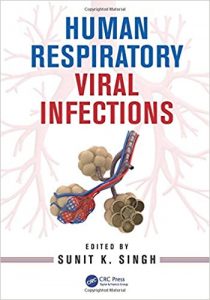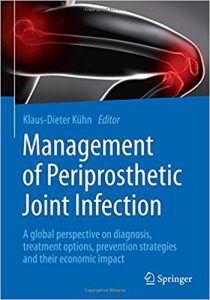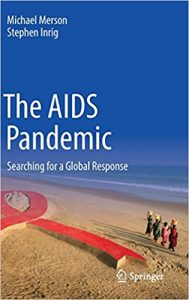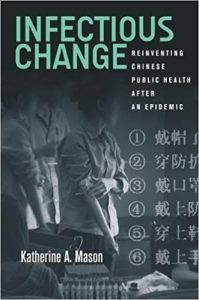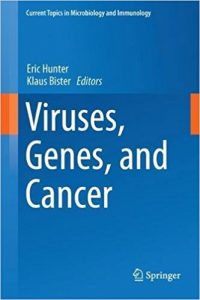Atlas of Sexually Transmitted Diseases: Clinical Aspects and Differential Diagnosis 1st ed. 2018 Edition
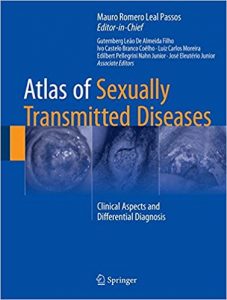
[amazon template=image&asin=331957468X]
The Atlas of Sexually Transmitted Diseases and Differential Diagnosis is a complete course through the most important sexual diseases. Counting with about 1000 figures, this atlas focuses on the peculiar characteristics of each of these diseases and in the relevant aspects for a proper differential diagnosis. It is authored by MDs with a deep knowledge in the field, providing a very comprehensive casuistry. Throughout the book the reader will have access to hundreds of pictures discussing about the most important sexually transmitted diseases. Each chapter will approach a different disease, providing a broad sort of images, since a microscopic perspective until the most classical genital lesions and characteristics, considering also systemic manifestations. Every figure is presented with a descriptive and instructive legend, providing the reader with all possible related information. Additionally, every chapter begins with an explanatory and introductory text disclosing about key aspects of the disease, such as etiopathogenesis; clinical manifestation; clinical, laboratorial and differential diagnosis; treatment and prevention.



